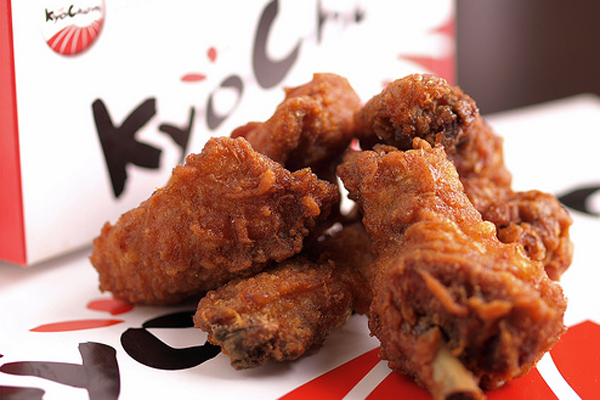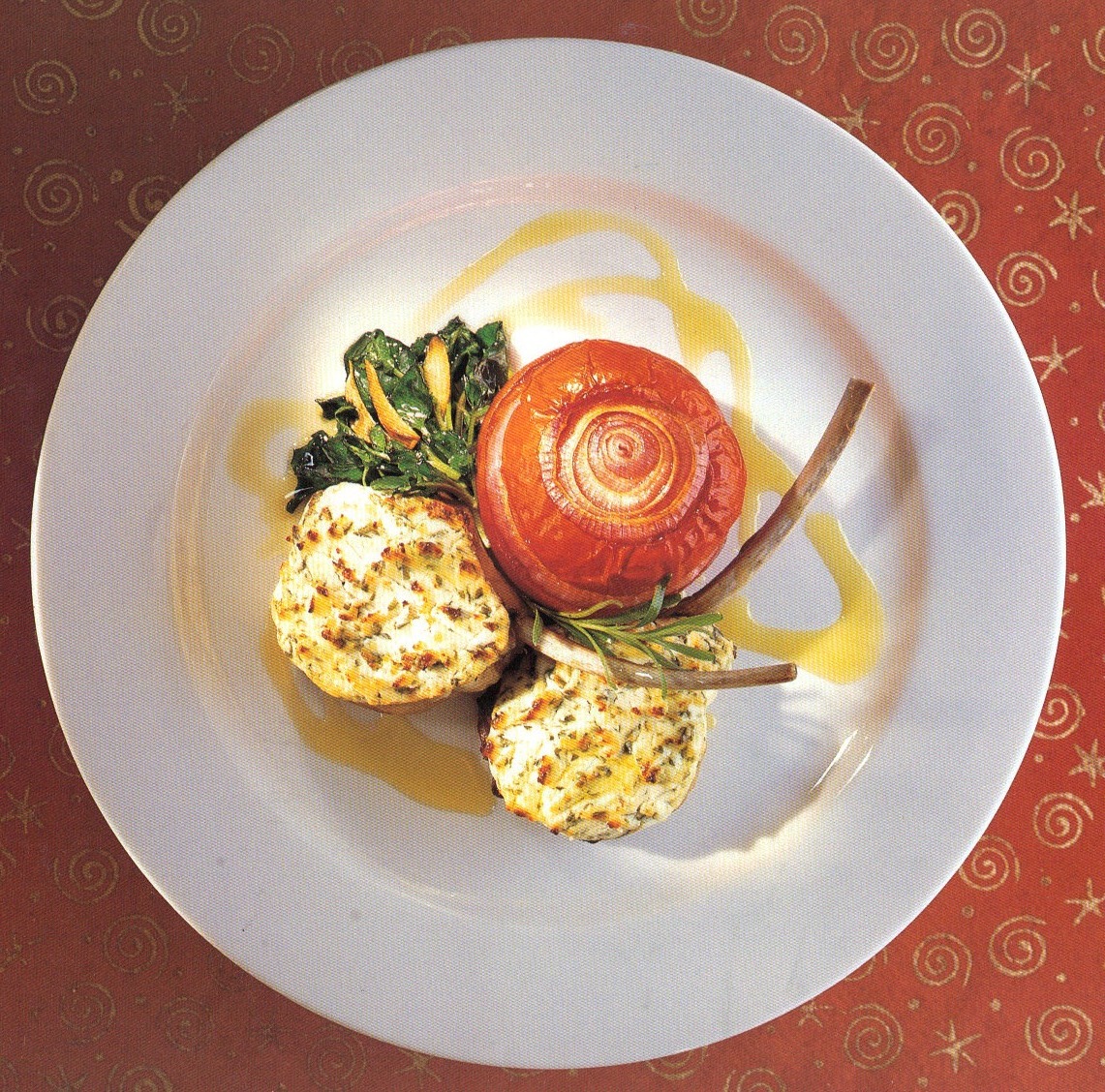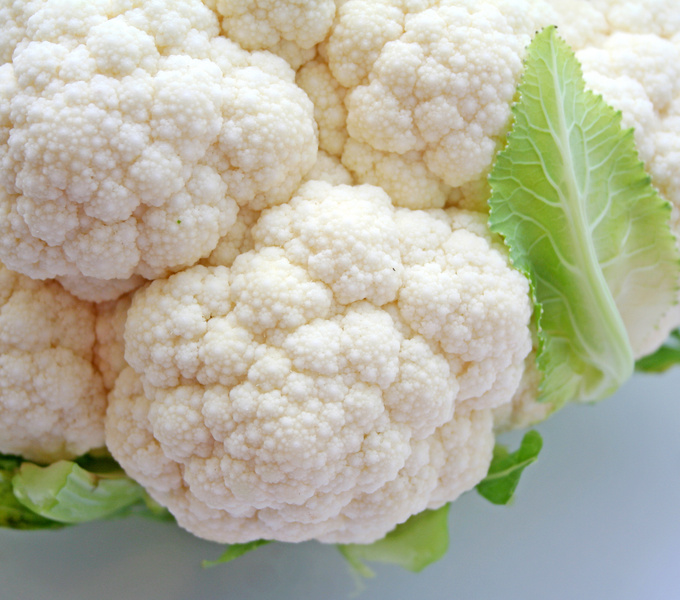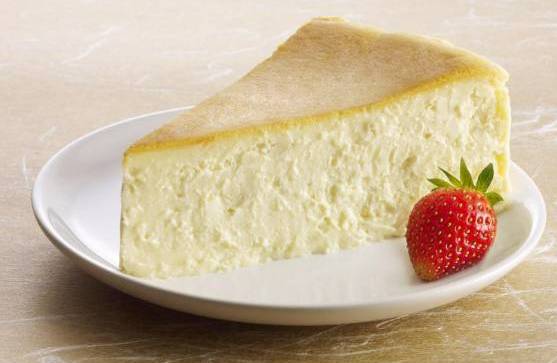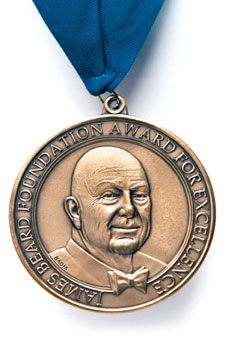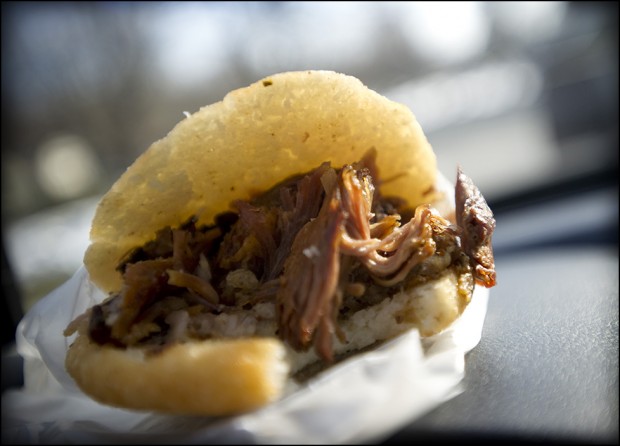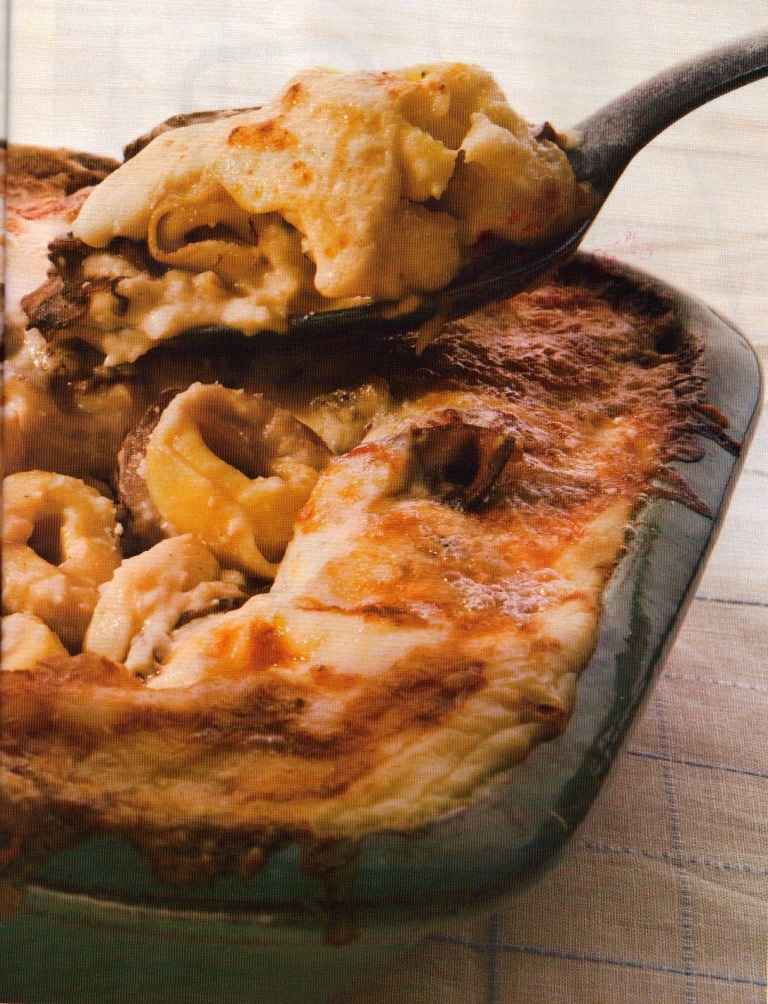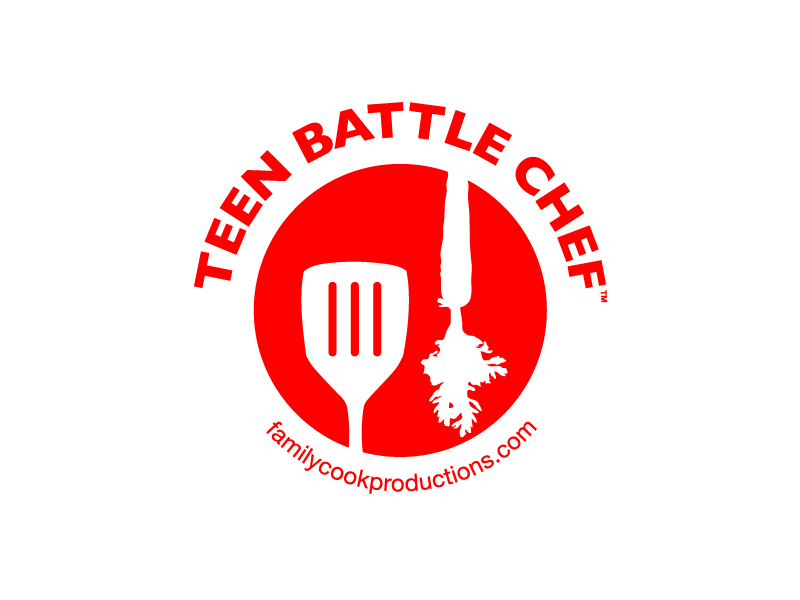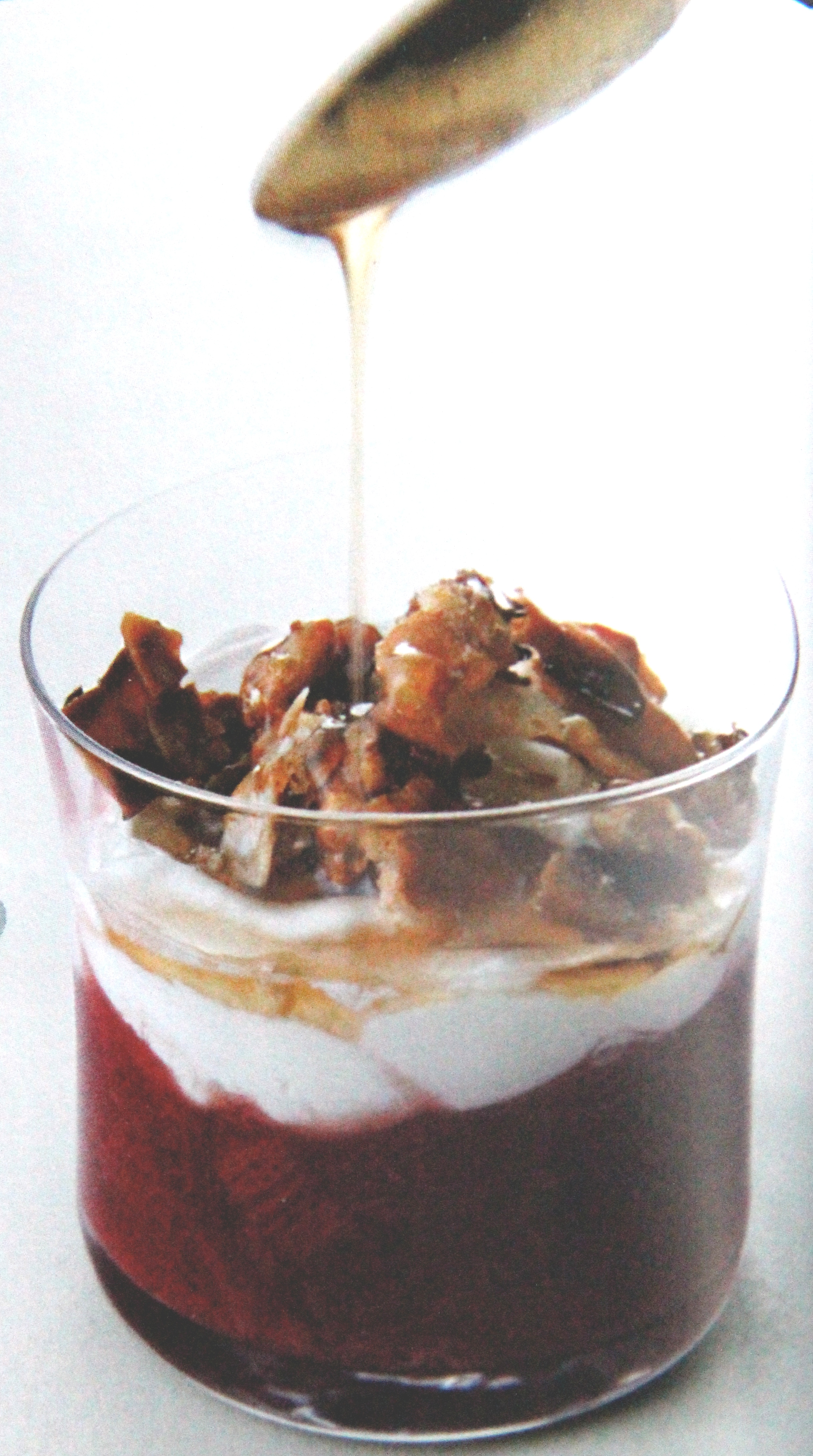 So here it is, slowly making its way onto supermarket produce aisles and into our local farmer's markets. Rhubarb: It's easy to love. Extra long rosy stalks of vegetable masquerading as fruit appear just when I covet transition from cold winter days to bright Spring effervescence. In and of itself, it is a "tonic" food: Defined as anything that stimulates or invigorates. It is complete with acidity and antioxidants (anthocyanins) and is a cinch to prepare. Not long ago, a neighbor told me about a memorable rhubarb dish she was served at a very recent dinner party. The host of that dinner, David Burrell, kindly shared the recipe that made such an impression on our neighbor, Jerri Mayer (Her husband, a well-known bankruptcy lawyer, is an awesome home cook.) You can imagine my delight when I found out that the recipe required only two ingredients! Three, if you serve it hot over vanilla ice cream and consider ice cream an ingredient! David says "take 6 to 8 stalks of rhubarb and wash them but do not dry. Cut into pieces between 1 and 2 inches. Place into a saucepan still wet with only the water they were washed in. Cover with 1/2 cup of sugar and cook on low heat, stirring occasionally. Keep an eye on them as it will eventually froth over. Add sugar to taste. Serve hot over ice cream." That's it!
Rhubarb came to American kitchens in the 1820's. Commonly mixed with strawberries in a pie, it came to be known as "pie plant," famously so, in an early book of Laura Ingalls Wilder. In the Scandinavian countries, tender stalks of rhubarb would be dipped into sugar as an inexpensive treat for children. Rhubarb generally appears in the market minus its wide green leaves which contain high amounts of oxalic acid. Do not consume: A lot of it will kill you. But as charmingly put by "The City Cook" website, "With its big personality, rhubarb has been used medicinally, to color hair (brewed as a tea to add golden highlights), as a natural and non-toxic scrub to clean pots and pans, and by gardeners as a safe-to-humans insecticide. All this -- and it can be dessert!"
So here it is, slowly making its way onto supermarket produce aisles and into our local farmer's markets. Rhubarb: It's easy to love. Extra long rosy stalks of vegetable masquerading as fruit appear just when I covet transition from cold winter days to bright Spring effervescence. In and of itself, it is a "tonic" food: Defined as anything that stimulates or invigorates. It is complete with acidity and antioxidants (anthocyanins) and is a cinch to prepare. Not long ago, a neighbor told me about a memorable rhubarb dish she was served at a very recent dinner party. The host of that dinner, David Burrell, kindly shared the recipe that made such an impression on our neighbor, Jerri Mayer (Her husband, a well-known bankruptcy lawyer, is an awesome home cook.) You can imagine my delight when I found out that the recipe required only two ingredients! Three, if you serve it hot over vanilla ice cream and consider ice cream an ingredient! David says "take 6 to 8 stalks of rhubarb and wash them but do not dry. Cut into pieces between 1 and 2 inches. Place into a saucepan still wet with only the water they were washed in. Cover with 1/2 cup of sugar and cook on low heat, stirring occasionally. Keep an eye on them as it will eventually froth over. Add sugar to taste. Serve hot over ice cream." That's it!
Rhubarb came to American kitchens in the 1820's. Commonly mixed with strawberries in a pie, it came to be known as "pie plant," famously so, in an early book of Laura Ingalls Wilder. In the Scandinavian countries, tender stalks of rhubarb would be dipped into sugar as an inexpensive treat for children. Rhubarb generally appears in the market minus its wide green leaves which contain high amounts of oxalic acid. Do not consume: A lot of it will kill you. But as charmingly put by "The City Cook" website, "With its big personality, rhubarb has been used medicinally, to color hair (brewed as a tea to add golden highlights), as a natural and non-toxic scrub to clean pots and pans, and by gardeners as a safe-to-humans insecticide. All this -- and it can be dessert!"
I say, serve it for breakfast! Try my Warm Rhubarb Compote with Walnut-Coconut Crunch. Radically delicious, this complex-sounding fruit-and-yogurt dish is ready to eat in 15 minutes. It can either begin or end a special weekend brunch and would be delightful this Easter Sunday. Warm Rhubarb Compote with Walnut-Coconut Crunch
4 cups rhubarb, cut into 1/2-inch pieces 2/3 cup plus 3 tablespoons sugar 1/3 cup creme de Cassis or Chambord 1/2 cup walnut pieces 12/ cup unsweetened organic flaked coconut 2/3 cup plain Greek yogurt 3 tablespoons wildflower honey
Wash the rhubarb; pat dry. Place in a medium saucepan with 2/3 cup sugar and the Cassis. Bring to a boil. Lower heat and cover. Simmer, stirring often, until soft, 10 minutes. Place saucepan in the freezer while you prepare the topping. Combine the walnuts and remaining 3 tablespoons sugar in a medium skillet. Cook over high heat, stirring constantly with a wooden spoon, until the sugar melts and the nuts are crunchy, about 3 minutes. Stir in the coconut and cook 30 seconds. Transfer the rhubarb to 4 glasses. Dollop with the yogurt and sprinkle with the walnut-coconut mixture. Drizzle with honey. Serves 4


](http://static1.squarespace.com/static/55007483e4b0345f9007db4b/556333afe4b0e0fcd7b82de0/556333c0e4b0e0fcd7b8310c/1302860327000/pw-brisket652.jpg?format=original)



